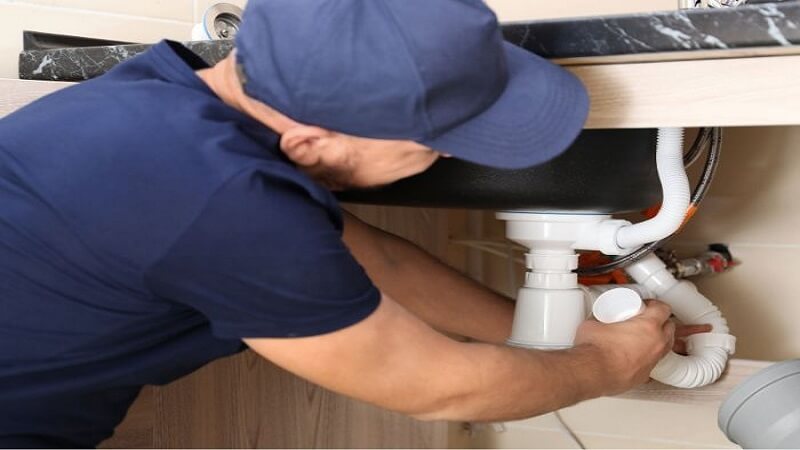When it comes to home maintenance, dealing with a clogged or damaged drain can be one of the most frustrating tasks. Whether it’s a minor clog or a major blockage, knowing how to handle drain repair efficiently can save you time, money, and a lot of stress. In this guide, we’ll walk you through the common issues, solutions, and preventive measures to ensure your drains are functioning smoothly.
Understanding the Problem
The first step in tackling any drain issue is understanding what’s causing the problem. Drains can become clogged or damaged due to various reasons, including:
- Accumulation of Hair and Soap Scum: In bathroom sinks and showers, hair and soap scum can build up over time, leading to slow drainage or complete blockages.
- Food Particles: Kitchen sinks often get clogged with food particles, grease, and oil, which can solidify and create stubborn clogs.
- Foreign Objects: Items like toys, jewelry, or other small objects can accidentally fall into the drain, causing blockages.
- Pipe Corrosion: Over time, pipes can corrode, leading to leaks and other issues that require repair.
Step-by-Step Solutions
Here’s how you can address drain issues effectively:
1. Identify the Clog Location
Before you begin any repair work, identify where the blockage is located. This can be done by observing where the water backs up. If the entire house is affected, the problem might be in the main sewer line.
2. Use a Plunger
For minor clogs, a plunger can often do the trick. Make sure there’s enough water in the sink or tub to cover the plunger’s head. Position the plunger securely over the drain, then press down firmly several times to create suction and help loosen the cl
3. Try a Drain Snake
If a plunger doesn’t work, a drain snake can be more effective. This flexible tool can reach deeper into the pipes to remove stubborn clogs. Insert the snake into the drain, twist it until you feel resistance, and then pull it back to remove the debris.
4. Use Baking Soda and Vinegar
An effective and eco-friendly way to clear minor clogs is by using a combination of baking soda and vinegar. Simply pour half a cup of baking soda into the drain, followed by half a cup of vinegar. Cover the drain and let the mixture sit for around 30 minutes, then flush it thoroughly with hot water.
5. Consider Chemical Drain Cleaners
As a last resort, chemical drain cleaners can be used. However, they should be handled with care as they can be harsh on your pipes and harmful to the environment. Always follow the manufacturer’s instructions and use them sparingly.
When to Call a Professional
While many drain issues can be resolved with DIY methods, there are times when it’s best to call a professional plumber. If you experience recurring clogs, slow drains, or suspect a major blockage, it’s wise to seek expert help. Professionals can use advanced tools like hydro jetting and video inspection to diagnose and fix the problem effectively.
Preventive Measures
To avoid future drain problems, consider these preventive tips:
- Regular Cleaning: Regularly clean your drains by pouring hot water down them weekly. This helps dissolve grease and food particles.
- Install Drain Guards: Use mesh strainers or drain guards to catch hair and food particles before they enter the pipes.
- Avoid Pouring Grease Down the Drain: Instead, let it cool and dispose of it in the trash.
- Mind What You Flush: Only flush toilet paper and human waste. Items like wipes, diapers, and feminine hygiene products can cause clogs.
Conclusion
Handling drain issues doesn’t have to be a daunting task. By understanding the common causes and solutions, you can address minor problems on your own and know when to call in a professional for larger issues. Regular maintenance and preventive measures can also go a long way in keeping your drains flowing freely. Remember, a little attention now can prevent bigger headaches down the line.

